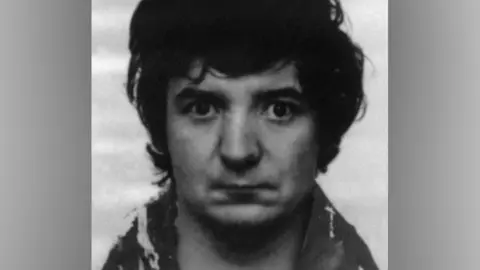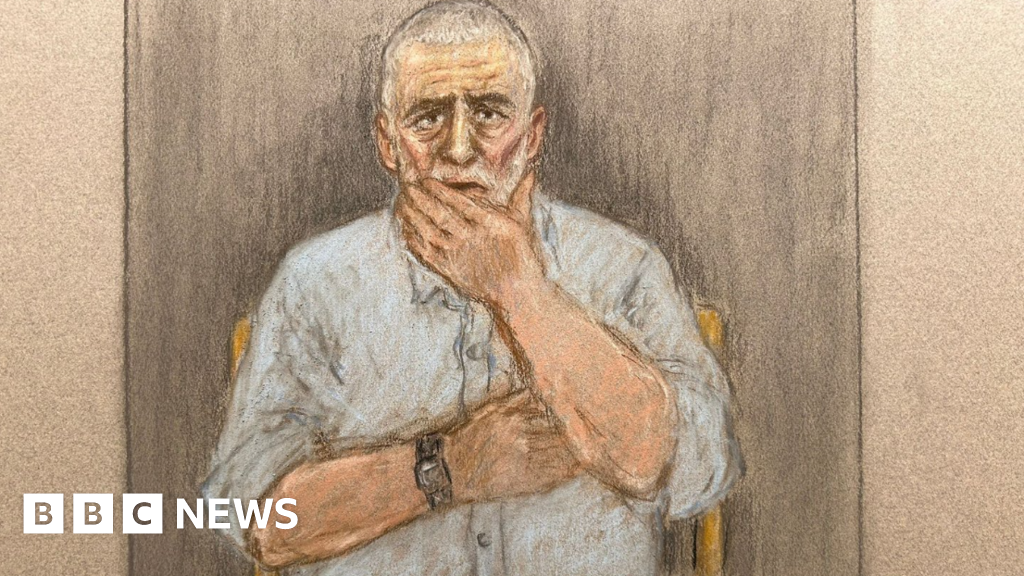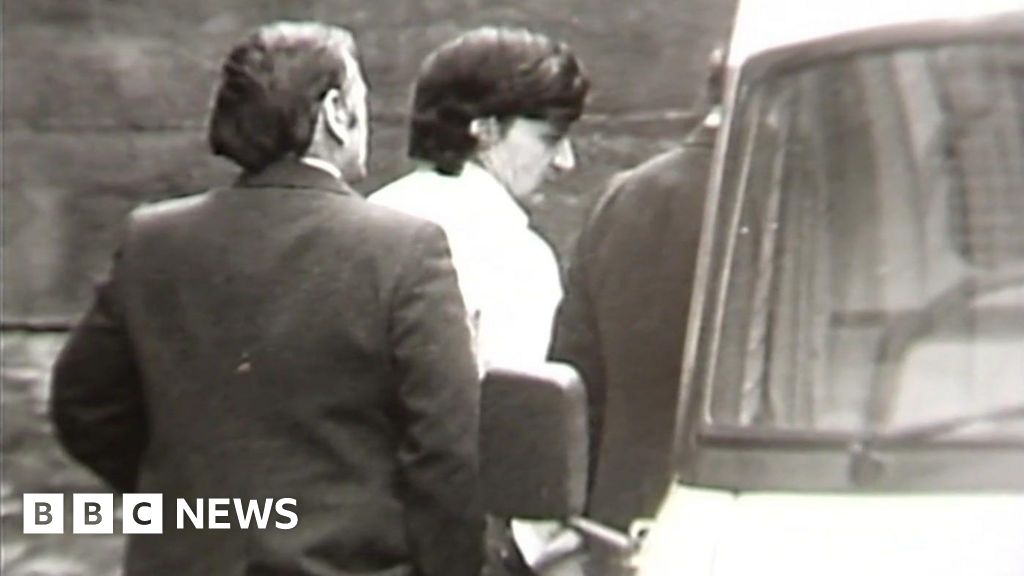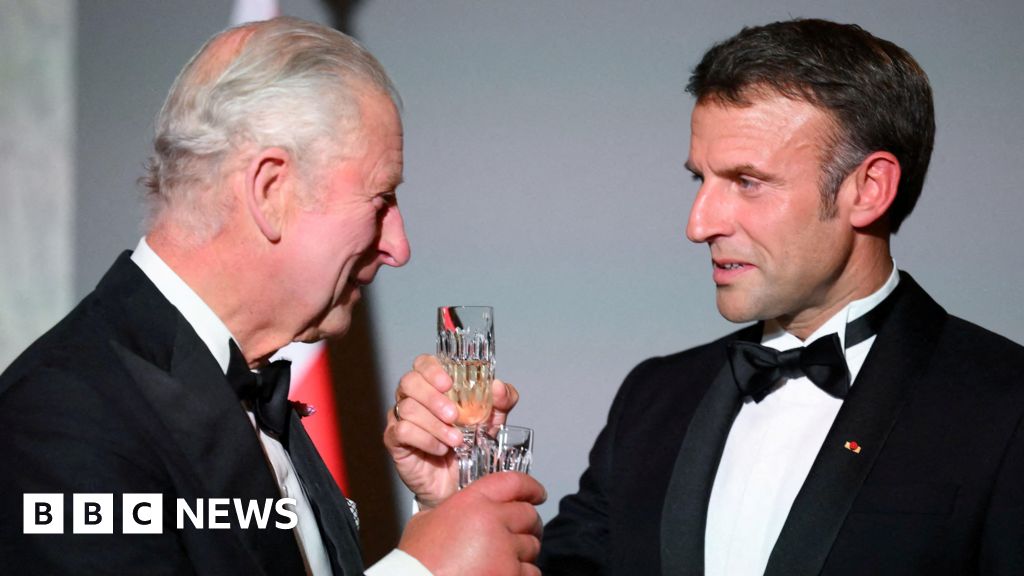Dominic Casciani & Phil McCann
BBC News
Reporting fromRoyal Courts of Justice
Jonny Humphries
BBC News, Liverpool

 Merseyside Police
Merseyside Police
Peter Sullivan was jailed in 1987 and has remained in prison since that day
A man who has served 38 years in prison for the murder of a woman has had his conviction quashed by the Court of Appeal after new DNA evidence emerged.
Peter Sullivan was jailed over the 1986 killing of 21-year-old barmaid Diane Sindall, who was subjected to a frenzied sexual attack in Birkenhead, Merseyside, as she walked home from a shift.
The Criminal Cases Review Commission (CCRC) - the statutory body set up to investigate potential miscarriages of justice - had referred Mr Sullivan's case back to the appeal court last year after fresh testing found a DNA profile pointing to an unknown attacker in semen samples preserved from the crime scene.
Mr Sullivan, appearing on video-link from HMP Wakefield, sobbed and held his hand over his mouth as he was told he would be released.
Now aged 68, he is believed to be the victim of the longest miscarriage of justice involving a living prisoner in British legal history.
Duncan Atkinson KC, representing the Crown Prosecution Service, had said his client agreed the DNA evidence undermined Mr Sullivan's conviction and there would be no application to seek a retrial.
Judge Lord Justice Holroyde said the evidence "plainly did point to a sexual aspect of the attack on Miss Sindall" and the "inference was very strong" that DNA had belonged to the real killer.


Diane Sindall, 21, had been due to get married shortly after she was killed.
He continued: "There is no evidence to suggest more than one man was involved in the murder, and no evidence to suggest semen may have deposited in the process of consensual sexual activity."
The judge said he had "no doubt it is necessary and expedient in the interests of justice" to admit the evidence of forensic scientists.
"In the light of that evidence it is impossible to regard the appellant's conviction as safe."
The court heard technology had only very recently been developed to the point where the semen sample, recovered from Miss Sindall's abdomen, could be tested for DNA.
.png)
 4 hours ago
2
4 hours ago
2

















































